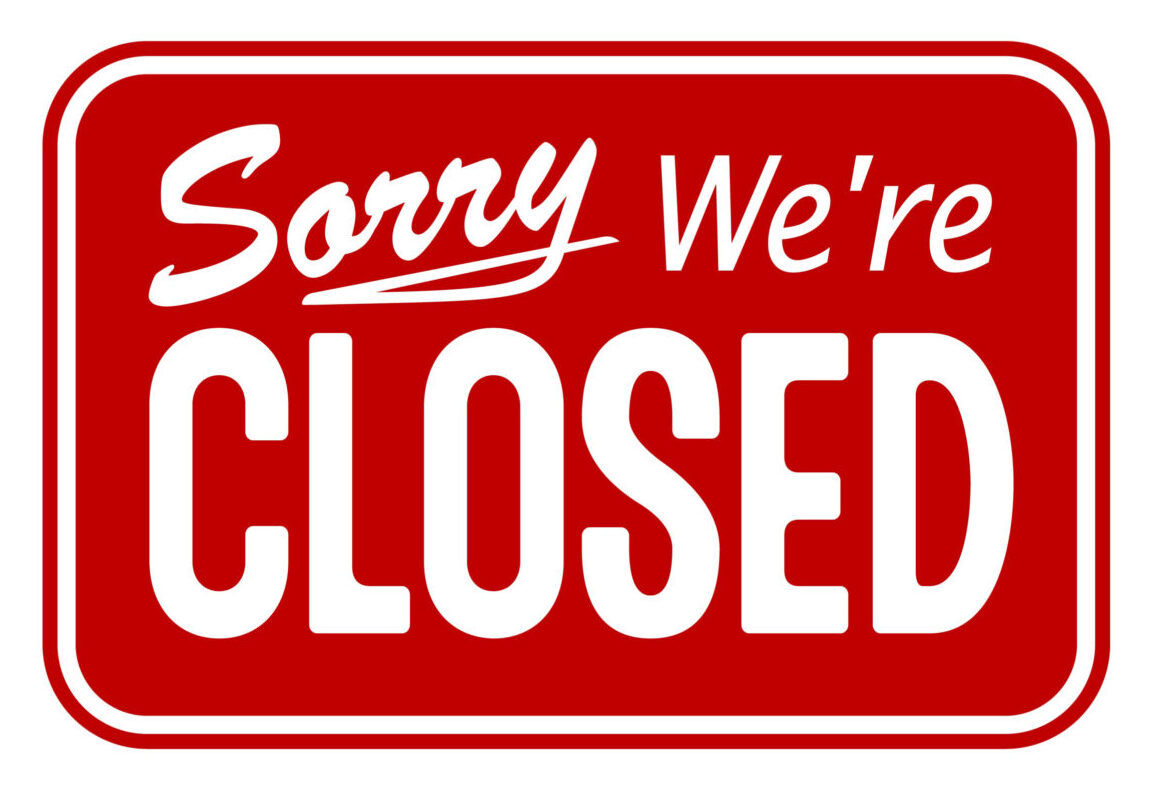Having bought hundreds of magazines at airports all over the world, I am quite used to the mild annoyance of having to pick up all the subscription cards that fall out of the magazines when I first open them. I guess it must have been when I found myself practically on all fours chasing after one of those little cards that had flown out of my brand new Wired, that I had a moment of clarity.
“Wait a minute. This is Wired, the chronicle of the digital revolution. Why are they still using this ancient and annoying little technology?”
And then it hit me. You know why they use those little postage paid cards? Because they work!
And that is, after all, the point, isn’t it?
Perhaps it is because of the incessant stream of new tools coming out almost daily that we in the media business have become used to the notion that what is new is better and what is old is worse. Radio is dead because it is terrestrial. The 30-second TV commercial is dead because of the growth of all the new video formats. Display advertising is dead because of the growth of mobile.
One could understand how a media seller, to avoid being perceived as old school, would be inclined to lead only with the cool new tools he has to sell. And, of course, clients definitely want to hear about the new tools, which is a good thing because media companies need to monetize those cool new tools they have invested in.
But really, at the end of the day, what all clients want is for you to bring them a program that works. And your job as a media sales professional is to understand each tool – new or old – for what it can do and especially how it can be integrated with other tools around an idea that accomplishes your client’s marketing objective.
So, yes, new is good. But don’t forget that effective is better.
New will get you the meeting. New might even get you the first order.
But effective will get you the renewal, grow your clients, and ultimately, grow your business.




